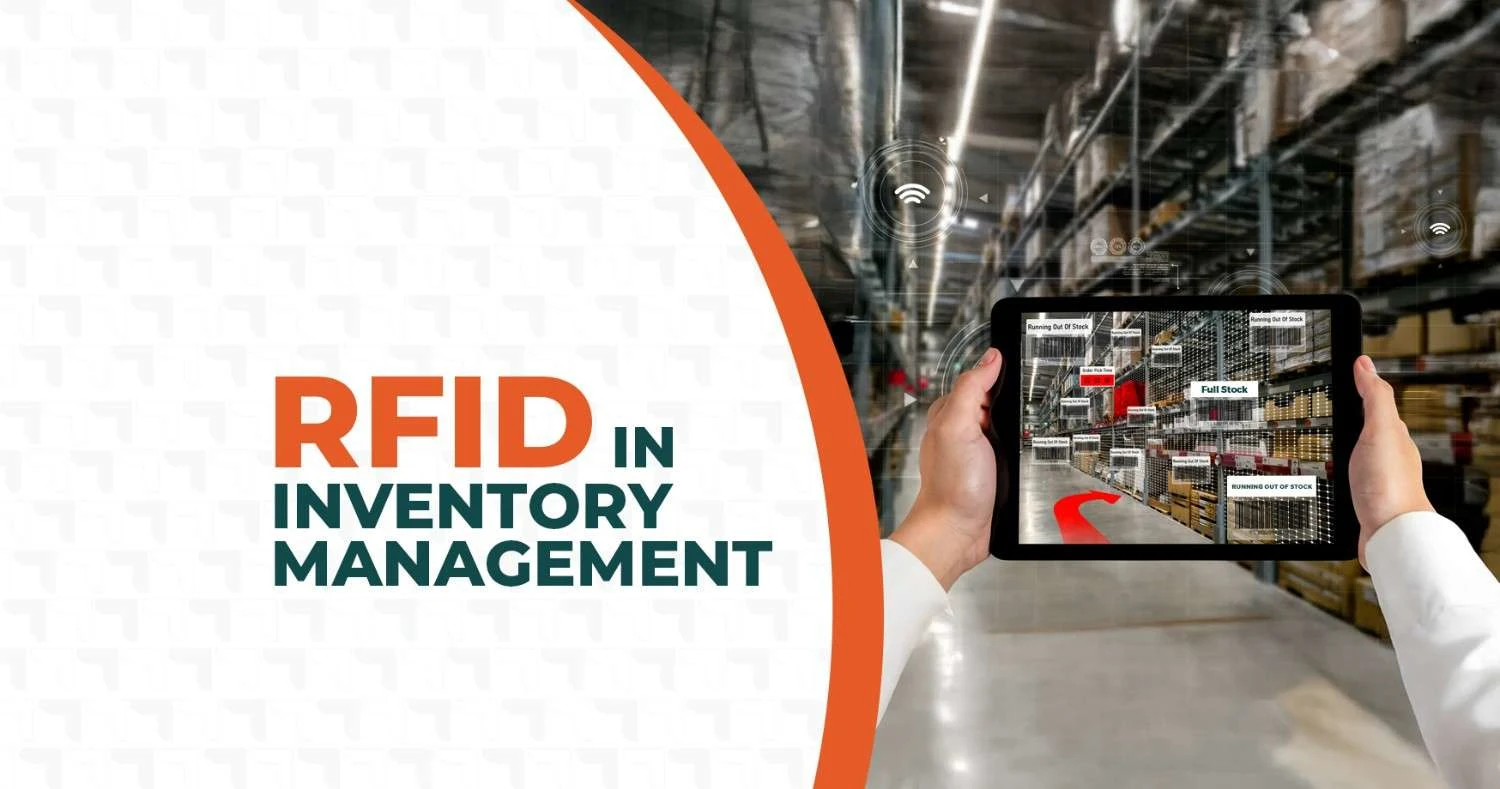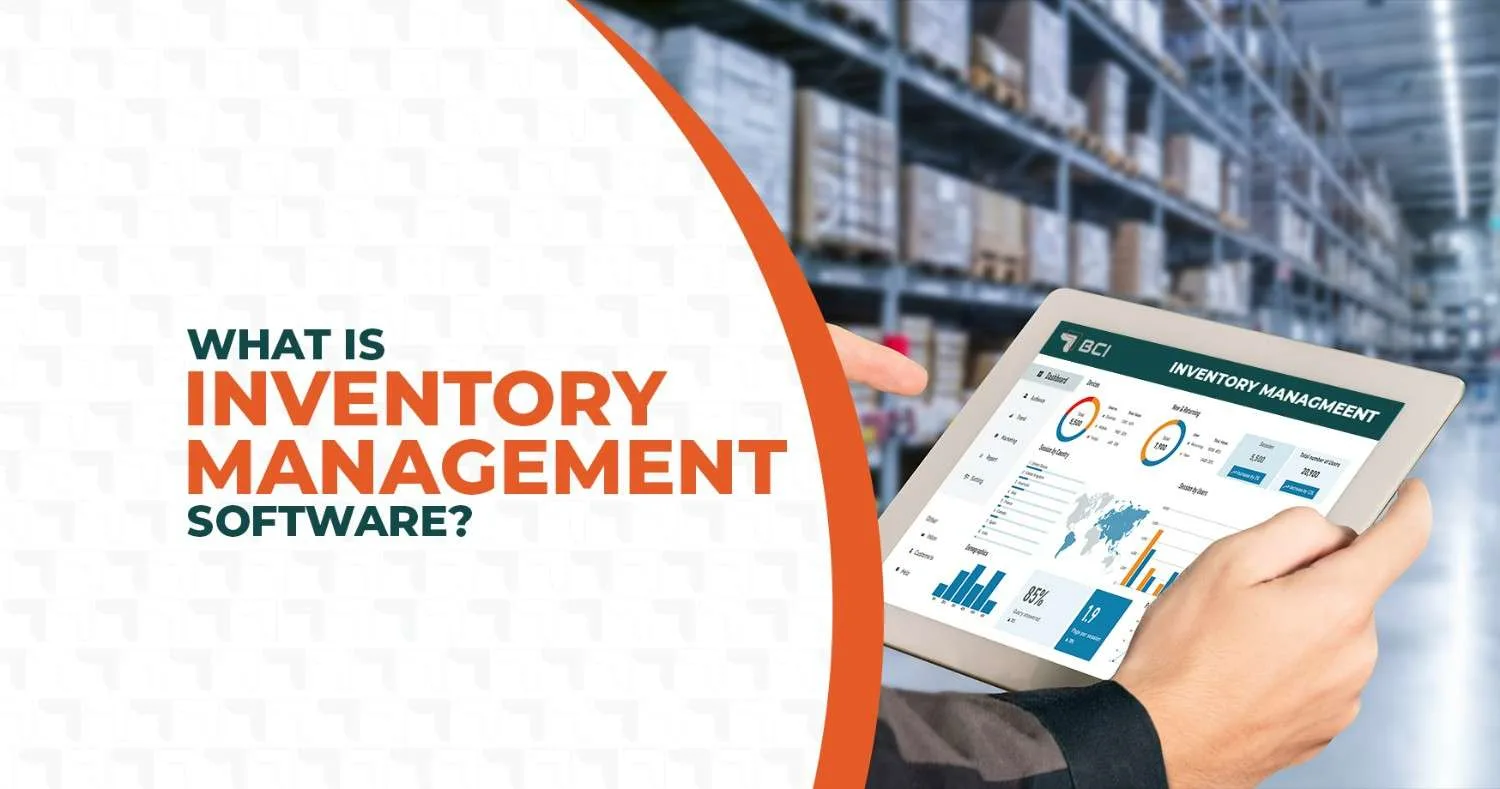
The Benefits of Real-Time Data Analytics in Warehouse Management
Customers nowadays want fast updates and unique experiences. They expect immediate delivery info and personalized suggestions. Business leaders want quick insights into customer preferences and sales data. We need to shift from old data methods to real-time techniques to meet these needs. The main pro of real-time data analytics is faster decision-making. A McKinsey survey involving over 1,000 organizations revealed that executives spend 37 percent of their time making decisions. Shockingly, more than half of this valuable time is squandered, highlighting significant inefficiencies in the decision-making process. Real-time data analytics means continuously putting data in a system and making it instantly available to different parts of the business. This differs from the old way, where data was added in batches at specific times. Having current information right away is a game-changer. It helps businesses offer better digital experiences, prompt decision-making, higher customer retention, and proactive identification of risks and opportunities.
What is Real-Time Data Analytics, and How Does It Differ from Traditional Processes?
Real-time data analytics is the instant processing and analysis of data as it is generated. It provides businesses with immediate insights and enables rapid decision-making based on real-time information. Unlike traditional processes where data is collected, stored, and analyzed after a certain period, real-time analytics allows businesses to respond swiftly to changing market conditions, customer behaviors, and emerging trends. In B2B contexts, real-time data analytics empowers companies to optimize operational efficiency, enhance customer experiences, and make strategic decisions promptly. It enables businesses to monitor key metrics, track inventory levels, and evaluate customer interactions in real-time. By gaining instant access to valuable insights, B2B organizations can improve their supply chain management, personalize customer interactions, and identify growth opportunities, ensuring a competitive edge in the dynamic business landscape.
Benefits of Real-time Data Analytics in Warehouse Management
1. Optimized Inventory Management
Real-time analytics provide live data on stock levels, enabling accurate inventory tracking and preventing overstocking or shortages.
2. Enhanced Operational Efficiency
Instant insights help streamline warehouse processes, from order picking to shipping, reducing delays and improving overall productivity.
3. Demand Forecasting
Real-time data allows businesses to analyze current trends and customer demands, enabling accurate predictions for future inventory needs.
4. Reduced Costs
Efficient inventory management and streamlined operations lead to reduced storage costs, minimized waste, and lower labor expenses.
5. Improved Customer Satisfaction
Faster order processing and accurate inventory ensure timely deliveries, leading to satisfied customers and increased loyalty.
6. Prevention of Stockouts
Real-time analytics alerts managers about low stock levels, enabling prompt restocking and preventing stockouts that could lead to lost sales.
7. Data-Driven Decision Making
Live data insights empower managers to make informed decisions promptly, optimizing warehouse strategies for better outcomes.
8. Enhanced Supplier Collaboration
Real-time analytics enables businesses to share accurate inventory data with suppliers, improving collaboration and ensuring timely restocking.
9. Quality Control
Immediate access to data helps monitor product quality, ensuring damaged or defective items are identified and removed promptly, maintaining high standards.
10. Adaptability to Market Changes
Real-time analytics allows businesses to quickly respond to market fluctuations by adjusting inventory levels and strategies in real-time, staying competitive and agile.
The Role of Warehouse Management Systems in Real-Time Data Analytics
A Warehouse Management System (WMS) is pivotal in enabling real-time data analytics within warehouse operations. As the digital backbone, a WMS integrates seamlessly with various technologies to provide live, accurate, and actionable data insights.
1. Data Aggregation
WMS collects data from diverse sources within the warehouse, including RFID tags, barcodes, and IoT devices. It aggregates this information into a unified database, creating a comprehensive view of the warehouse operations.
2. Real-Time Monitoring
By continuously monitoring inventory movements, order processing, and shipment status, a WMS ensures real-time visibility. This visibility is critical for warehouse managers, allowing them to make prompt decisions based on current conditions.
3. Enhanced Accuracy
WMS eliminates manual data entry errors by automating processes. Accurate, real-time data prevents inventory counts, order fulfillment, and shipping mistakes, enhancing overall operational precision.
4. Performance Analysis
WMS provides analytical tools that process real-time data, offering insights into operational efficiency, order fulfillment rates, and resource utilization. Managers can assess these metrics to identify bottlenecks, optimize workflows, and enhance productivity.
5. Demand Forecasting
Utilizing historical and real-time data, WMS aids in demand forecasting. Businesses can make informed decisions about inventory levels and restocking requirements by analyzing customer trends and order patterns.
Real-time data analytics, powered by efficient Warehouse Management Systems, has become a game-changer for businesses. It helps warehouses operate better, ensuring they have the right products at the right time. This technology means fewer mistakes, faster processes, and happier customers. By embracing real-time data, companies can keep up with customer demands, reduce costs, and make smarter decisions. It's not just about managing warehouses; it's about creating seamless customer experiences and staying competitive in today's fast-moving market. Real-time data analytics isn't just a tool; it's the key to unlocking efficiency, customer satisfaction, and success in the business world. Experience seamless warehouse management with BCI's WMS. Embrace cutting-edge technology for optimized workflows and stay ahead in the competitive market. Choose BCI's WMS for streamlined, agile, and customer-focused warehouse management solutions.
FAQs
Q1. Is real-time analytics applicable to small businesses?
Absolutely; real-time analytics is scalable and beneficial for businesses of all sizes, helping them stay competitive,
Q2. Efficient and customer-focused. Does real-time analytics require extensive IT infrastructure?
Modern real-time analytics solutions are designed to be user-friendly and adaptable, often requiring minimal IT support
Q3. Infrastructure, making them accessible to various businesses. Is real-time data secure?
Modern WMS prioritizes data security, employing encryption and other measures to ensure the confidentiality and integrity of real-time data.
Share this page
Get in Touch
Ready to take your business to the next level with BCI (Bar Code India)? We're just a phone call or email away.


